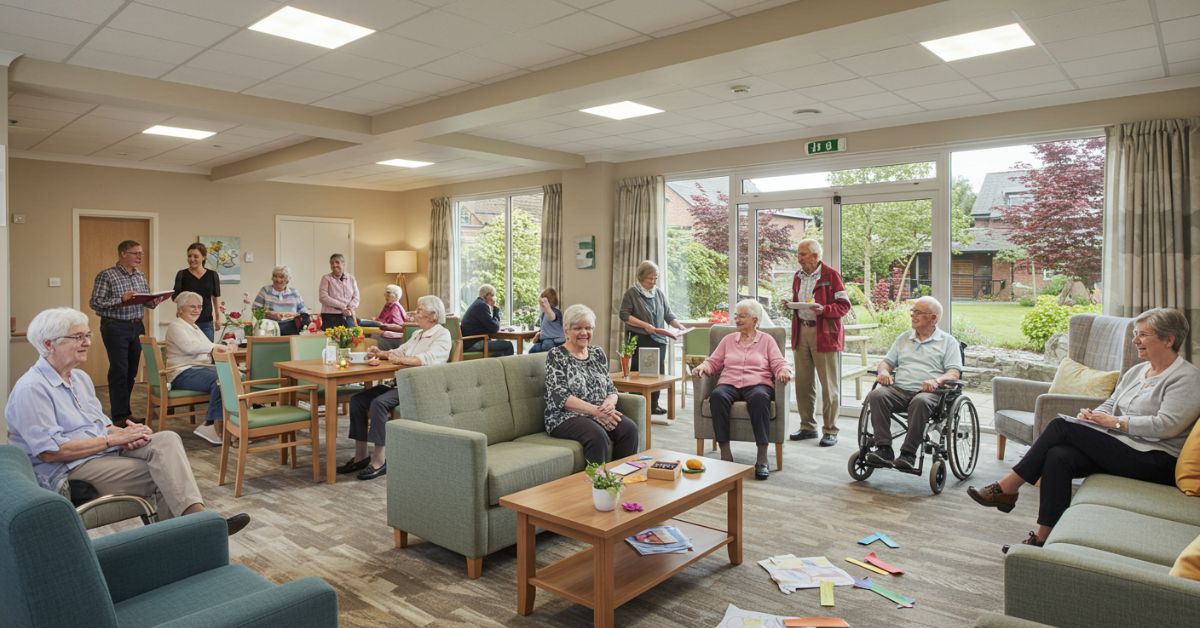Moving into a Cache Valley assisted living community is a big life transition. For many seniors, it marks a new chapter filled with greater safety, support, and social connection. But just like any major change, the first few weeks in a new environment can bring a mix of emotions—from relief and curiosity to nervousness and uncertainty.
Understanding what to expect during the first month of assisted living can help residents and families adjust more smoothly and confidently. Here’s a breakdown of what that initial transition period typically involves.
Contents
A Warm Welcome and Initial Orientation
The first few days in an assisted living community usually include a welcome process and orientation. Staff members will introduce themselves, show the resident around, and help them get settled into their apartment. They’ll also explain daily routines, meal times, safety procedures, and how to access services like housekeeping or medication management.
Many communities pair new residents with a buddy or welcome ambassador—another resident or team member who helps answer questions and ease the transition.
Meeting the Care Team and Developing a Care Plan
Early in the move-in process, the resident will meet with nurses and care staff to assess their needs. This may involve reviewing medical history, mobility limitations, medication routines, and personal preferences. The result is a personalized care plan that ensures the resident receives just the right amount of support—without losing independence.
Family members are often included in this step, helping the team better understand the resident’s background, routines, and health priorities.
Adjusting to a New Routine
It typically takes a few weeks to settle into a new routine. Assisted living offers structured daily schedules, including meal times, recreational activities, and wellness programs. For new residents, it may take some time to get used to group dining, regular staff check-ins, and being surrounded by others.
While change can feel overwhelming at first, many seniors find that the predictability of the new schedule offers comfort and stability.
Making New Friends and Getting Involved
Social adjustment is a major part of the first month. Assisted living communities offer a wide range of group activities, outings, and events, which provide opportunities to meet new people and explore hobbies. Residents are encouraged to participate—but there’s no pressure to do everything at once.
Over time, many new residents begin to form friendships and feel more at home, especially as they connect with others who share similar interests or experiences.
Emotions: Excitement, Uncertainty, and Growth
It’s completely normal for residents to feel a mix of emotions in the first month. There may be moments of loneliness or homesickness, especially for those who have recently left a longtime home or lost a spouse. But it’s also common to feel relief—knowing that help is always nearby and that life is becoming easier and more enjoyable.
Family support, regular visits, and open communication with staff can help smooth the emotional transition and build trust in the new environment.
A New Chapter Takes Time
The first month in assisted living is about adjustment. From understanding care routines and navigating social spaces to personalizing a new apartment, every resident goes through this transition at their own pace. Most find that after a few weeks, the community feels more like home and their quality of life improves—often in ways they didn’t expect.
Patience, support, and a positive attitude go a long way in making this move a successful one.
